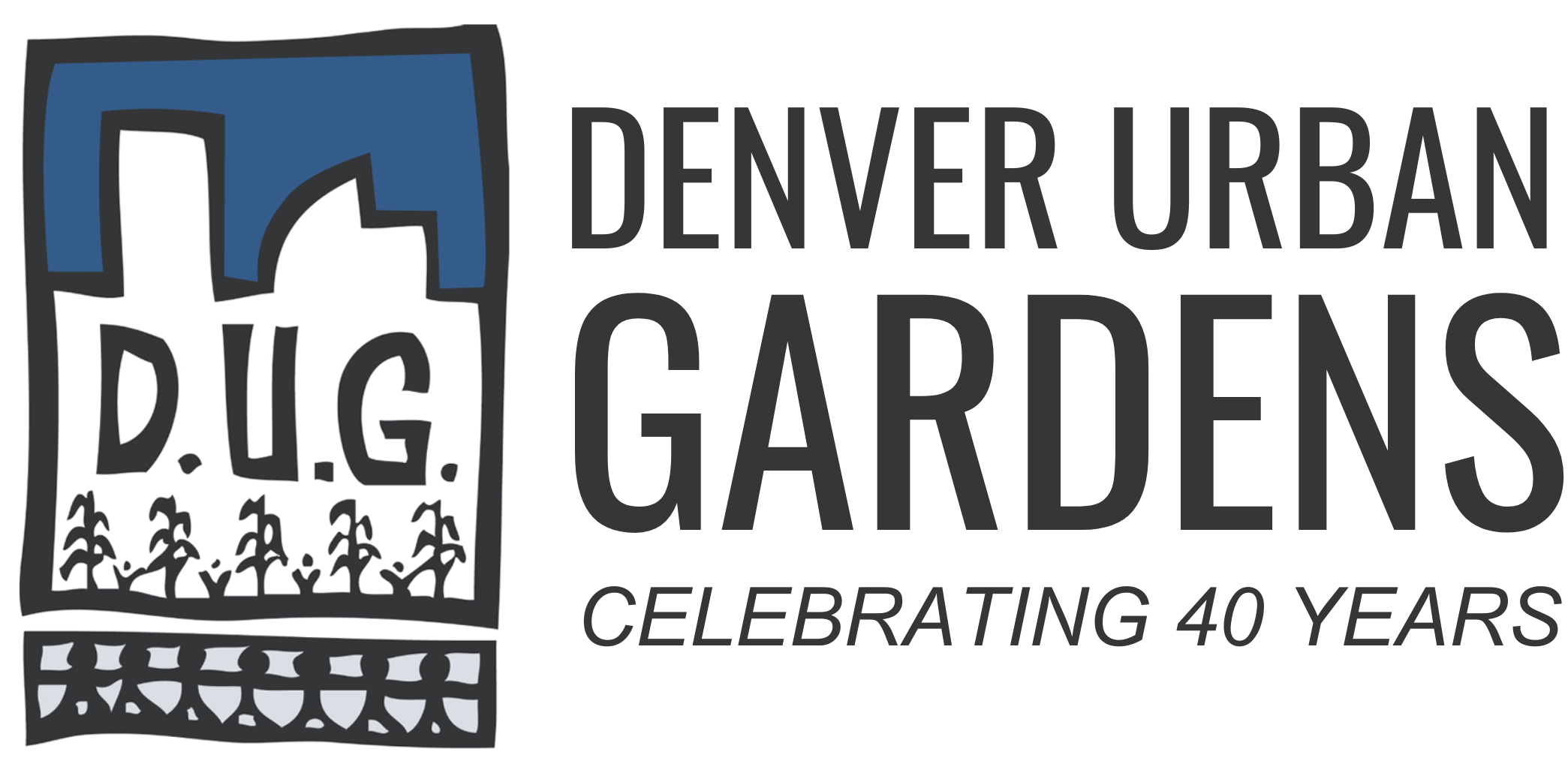 Tuesday, October 12, 2010 at 4:11PM
Tuesday, October 12, 2010 at 4:11PM
 Summer letter from DUG Executive Director Michael Buchenau
Summer letter from DUG Executive Director Michael Buchenau
This letter was also published in the Summer 2010 Edition of The Underground News.
We’ve all experienced what it means to be emotionally attached to a “place”. It could be a home, a scenic vacation spot returned to year after year, a neighborhood coffee shop, a school campus or even an old ballpark. Positive connections to a place seem to be associated with emotions and experiences, as well as with fond memories. Becoming attached to a place often seems to involve a sense of stewardship and a willingness to put forth effort to care for a place.
At DUG, we’ve intuitively known that this is what occurs with community gardens. In fact, it is in the care of a garden plot and the garden as a whole that attachment seems to develop. Through good and not so bountiful seasons, damaging hailstorms, changing garden membership, successes and failures, and even the occasional garden conflict – community gardeners grow increasingly attached to their garden as a “place”. Their optimism for the possibilities in the garden seem to expand with each passing season.
For the past 4 years, researchers from the Colorado School of Public Health explored the relationship between place attachment and community gardens, and in particular how place attachment might affect people’s decision-making around healthy lifestyle choices. In this edition of the Underground News, Dr. Jill Litt continues her series on the research findings with a spotlight on the concept of place attachment. Her piece entitled Rx for Healthy Place Making: Making Places Meaningful, builds off of her article in the spring edition, which focused on “collective efficacy” and community gardens.
I find community gardens especially unique when it comes to the concept of place attachment. Gardens are everyday landscapes that are worked, nurtured and always changing. They are places where gardeners develop an active and on-going relationship with the land, while the land gives back in return. Gardens are unique in that they are just as much about the social network of gardeners as they are about the physical garden space – one cannot exist without the other. Community gardens are places where people grow food and grow healthy together, and as such, are at the same time both very simple and very profound.
After our 100th garden groundbreaking at Ruby Hill Park on September 25th, I’m struck by how unique each of the 100 DUG gardens is in both its physical and social makeup. I marvel at how people of all ages and backgrounds become attached to their garden. They care equally about their garden and their fellow gardeners, and they become attached to what the garden means in their everyday life. And it is in that depth of attachment that gardens have the potential to create lasting change.
Michael
 director letters,
director letters,  health news
health news

